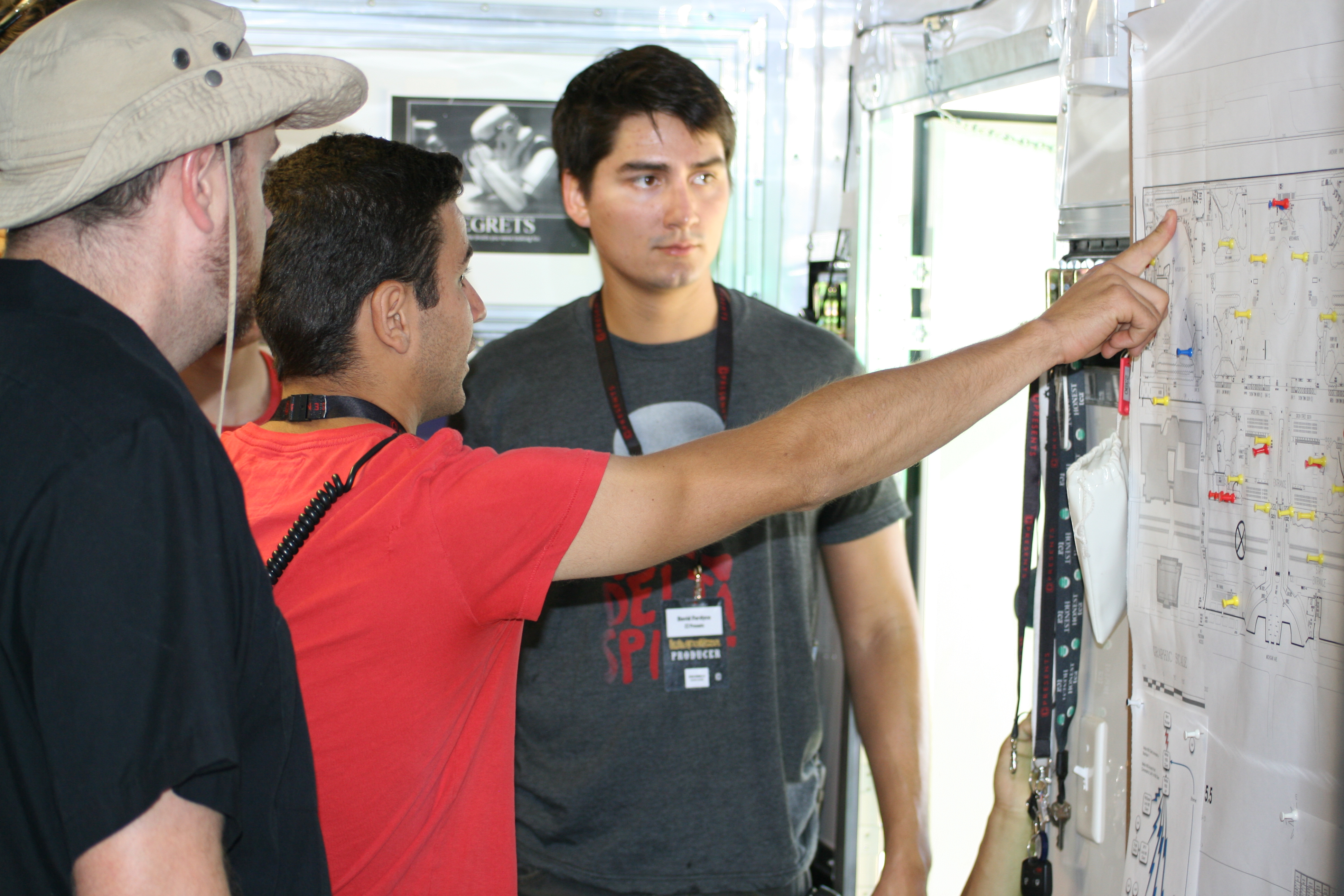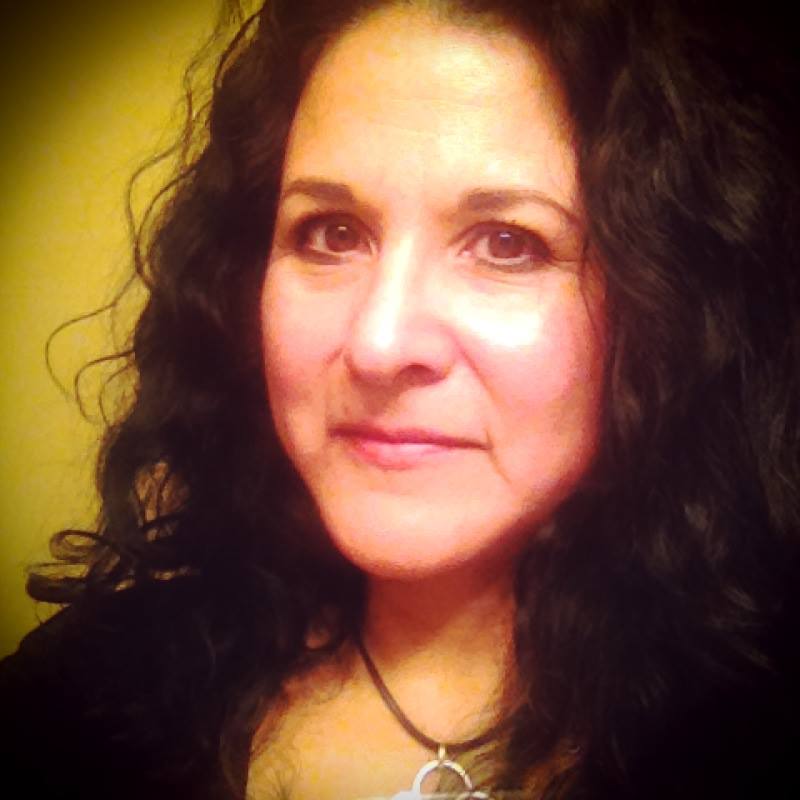Kim Owens is the owner and editor of Kaffeine Buzz, has a background in IT sales and services digital marketing clients in a variety of vertical markets. An avid festival fan for decades, she spent the last year in the UK and the US interviewing festival organisers and researching event technology for The Connected Festival™ Report. The results of that report will be presented during ‘The Future of Event Tech’ session at the 2015 SXSW Music Conference. In this article, as the title may suggest, she discusses the past, present and the future of festival connectivity.
In the words of Grace Hopper, a computer programming pioneer, “The most dangerous phrase in the English language is ‘We’ve always done it this way.’”
Almost every facet of festival operations is changing, including the area of IT and connectivity, and the old rules are going by the wayside year by year.
When TOURTech launched its IT company during the 2008/2009 festival season, back-of-house Internet access was considered ‘nice to have.’ “If it went down, nobody cared that much,” said founder Al Cook.
As the festival worlds become more connected, IT has become mission critical. Cook elaborated, “When your festival is riding on a cashless payment system that may or may not need to connect to the Internet, but certainly to a server on-site or to each other, the requirement to have a local area network is really dominating the festival design these days.”
Last year TOURTech serviced 25 festivals and 17 one-off events. While the demand for festival IT has grown, each deployment has expanded year-over-year. One of their clients, C3 Presents, drastically increased the number of network drops for Austin City Limits (ACL) festival, from 100 in 2013 to over 240 in 2014.
“What gets harder is the demand,” said David Fordyce, IT Manager for C3. “Last year we started doing cashless at all our festivals.” This required drops at all the cashless payment access points and top-up stations where attendees added money to their RFID wristbands.
At another C3 festival, Lollapalooza, cashless added to the myriad of other connectivity requirements, from production, stages and sponsor areas, to merch stands, security, artist and media tents.

To meet the growing connectivity demands of fans, more festivals turned to cellular sponsors last year to provide that added boost of mobile connectivity.
At ACL five designated locations offered AT&T customers connectivity, and when in proximity of the location, “their phones would automatically connect to the AT&T public Wi-Fi,” said Fordyce.
Glastonbury teamed with EE to design and deploy five high-capacity 2G, 3G and 4G sites, enabling fans to download 2.49 terabytes of data and upload the equivalent of 1.5 million pictures.
Insomniac Events, promoters of massive electronic music festivals including Electric Daisy Carnival (EDC) festivals in Orlando, Las Vegas, Mexico, UK and Puerto Rico, place a large emphasis on connectivity.
“I have my social media staff, photography staff, and video staff creating content in real-time and uploading it in certain places,” said Betty Tran, Executive Vice President of Media and Marketing at Insomniac. These Internet priorities are in addition to their cashless payment systems, which they also deployed in 2014.
For many electronic music festival fans, it’s second nature to connect with each other on social media channels of all kinds, and it benefits the festival when their staff and fans are capturing and sharing media in real time.
“We know that technology and connectivity are very important to this generation,” she said. So Insomniac invested in SignalShare’s Live-Fi mPower to provide fan-facing Wi-Fi at EDC Orlando.
At the same time, Insomniac is torn about this just like most festivals, “When you go to a concert, do you want your fans on the phone, texting their friends, or do you want them to enjoy the experience? That’s our internal debate,” she said. “I know with technology, digital and social media, and just the way the world operates now, it’s something that our fans want. We also want to keep the integrity of what our experience is.”
The practical and economical approach to providing Wi-Fi to attendees is to segment with hot spots versus going festival-wide. SignalShare deployed wireless just near the main stage area, serving approximately 13,500 concurrent users.
Joe Costanzo, Founder and CTO at SignalShare, sees fan-facing Wi-Fi as not just a way to make the fan happy, but to make it affordable and accessible to festivals with smaller budgets, with the added uptick of generating sponsorship revenue.
“We’re very happy to come in at a very low or no cost, but we need to be able to work through sponsorship and do activations on the network,” said Costanzo. Partnering with the festival on sponsored activations covers the cost of the network, “and then we’re happy to split that revenue after a certain amount.”
This happens through SignalShare’s Live-Fi nGage messaging platform. Once fans opt into the Wi-Fi network, advertisers and sponsors can connect with fans, generating sponsorship dollars for the promoter while also allowing for concession, merchandise and ticket sales. As fans engage, data collected provides added insight and intelligence on fan behavior.
Meanwhile, festivals and technology vendors alike are looking at ways fans can communicate with the festival and each other without wireless or cellular, many times based on iBeacons and Bluetooth Low Energy (LE) technology, coupled with the festival mobile app.
Insomniac used iBeacons last year, sending push notifications to fans for scavenger hunts and sending safety-related messages when EDC New York experienced a severe storm.
In 2015 with software partner Aloompa, Insomniac is employing what Tran deemed, “Bluetooth on steroids,” building into the EDC app a health and safety feature. Fans tap a button to call for help, signaling central operations, who can then locate them via the beaconing technology.
This year’s SXSW will deploy hundreds of iBeacons around the convention centre for use with their GO mobile app. Developed by Eventbase (who received Series A funding from SXSW Tech LLC), the ‘Around Me’ feature enables attendees to see other attendees nearby and ping them with a quick ‘hello’, taking the practice of networking to a whole new level.
The Wi-Fi Alliance recently announced a beacon-like communication standard, Wi-Fi Aware, which provides users with peer-to-peer messaging or media sharing capabilities, location-specific services, notifications and offers.
Last December I met an avid festival-goer, Jess Vanderputten, at the International Music Festival Conference. She’s traveled throughout the states and Europe and runs Planet Poots, showcasing her fest adventures. During Groove Cruise she turned to FireChat, a device-to-device mobile app, communicate with fellow fans, one that garnered news during the Hong Kong protests. When that’s not an option and connectivity nil, she goes old school, “What I started doing was bringing a giant [blow up] dinosaur for people to find me.”
So we’re somewhere between the age of the dinosaur and a future that holds amazing and exciting promise for festival connectivity, with no rules or exact processes set in stone. Yet.
Care to weigh in on festival Wi-Fi? There’s still time to take part in the survey, which can be found here.
This article is a small extract from The Connected Festival™ Report, which will dive deeper into Wi-Fi and connectivity, iBeacons and next-generation mobile apps, social media and data intelligence, and the evolution of cashless and mobile payment systems. To get your free copy, contact Kim Owens at kowens@kaffeinebuzz.com.






